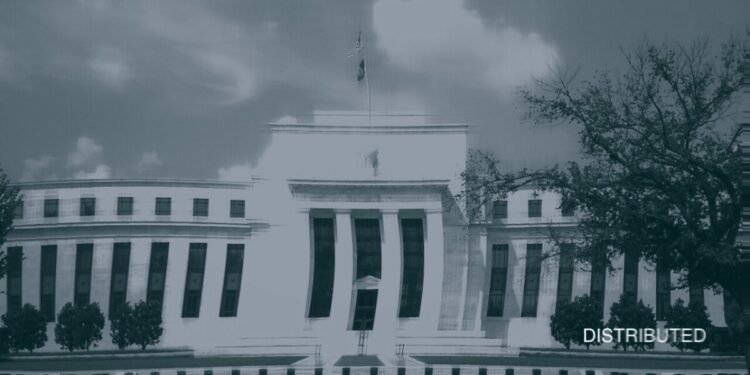The Federal Reserve could unveil plans as soon as this week to begin slowing the runoff of its massive $7.5 trillion bond portfolio. After more than doubling its holdings during the pandemic to stabilize markets, the Fed has been trimming its balance sheet since June 2022 at an aggressive $95 billion monthly pace.
But with financial conditions tightening, many economists expect the central bank to soon “taper” this quantitative tightening (QT) program. This would involve cutting the caps allowing $60 billion in Treasuries and $35 billion in mortgage bonds to roll off each month without being replaced.
According to minutes from the Fed’s March meeting, officials favor first slowing just the Treasury runoff, perhaps to $30 billion per month. Their ultimate goal is to hold primarily Treasuries to better control interest rates and foster market functioning.
J.P. Morgan economists, who lean toward a May taper announcement were of the opinion that the next step in the Fed’s balance sheet reduction plan is pretty clear: cut the monthly cap on Treasury runoff from $60 billion to $30 billion.
The decision allows the Fed to separate its QT efforts from rate policy as it battles still-high inflation. But both work in tandem to make monetary policy more restrictive overall.
See Related: Decoding Wall Street’s Shift: A Closer Look At Wall Street’s Changing Perspective
Reason To Delay Tapering
Analysts see little reason to delay tapering. They assert that there is no obvious reason to wait beyond this week’s meeting. While the inflation outlook remains murky, moderating QT’s upward pressure on borrowing costs could provide modest relief.
As the Fed plots its next policy move, all eyes are on the pace of its balance sheet reduction. A tapering of QT would mark an incremental step in removing pandemic-era stimulus, but the magnitude and timing will signal how forcefully the central bank wants to lean against stubbornly high inflation.
The path forward is fraught with uncertainty. Overshooting with excessive bond sales could jolt markets and economic growth. But pulling back too soon risks letting inflation pressures fester. Walking this tightrope will test the Fed’s policy prowess in the months ahead.



